What Are the Tastiest Ways to Cook Lobster?
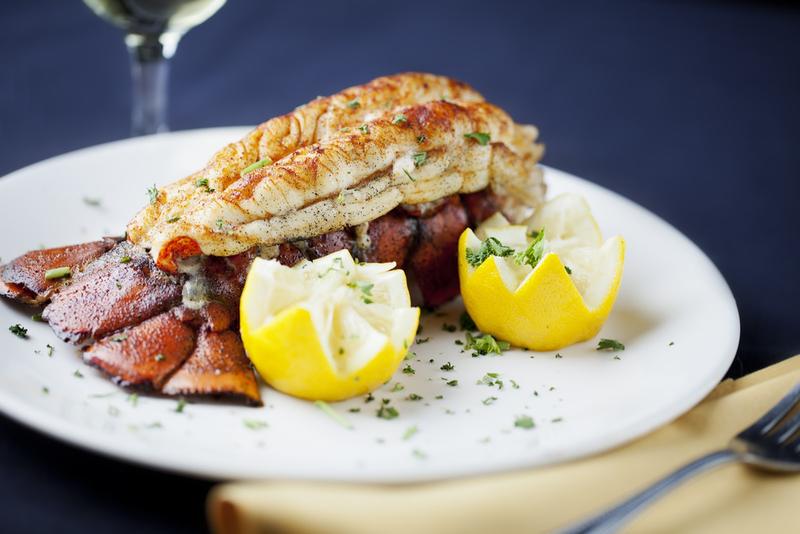
From claws to tail, lobster is one of the most delicious shellfish around. Its sweet, tender meat works magic in a wide variety of recipes, whether you go with a classic, lobster-centric preparation like thermidor or add chunks of the meat to your favorite baked macaroni and cheese. Cooking lobster can feel a bit intimidating, but it’s easier than you think to prep these elegant crustaceans and enjoy a gourmet meal. Here’s what you need to know about cooking lobster, along with some of the tastiest ways to prepare it.
Cooking a Lobster: The Basics
One of the best things about lobster is that it’s totally delicious even when you keep things simple. Cooking this crustacean and serving the meat dipped in a little drawn butter is a classic way to enjoy lobster, and in making it you’ll learn one of the foundational elements of its preparation: boiling. No matter what recipe you’re using it in, though, cooking and breaking it down properly are essential for a great meal.
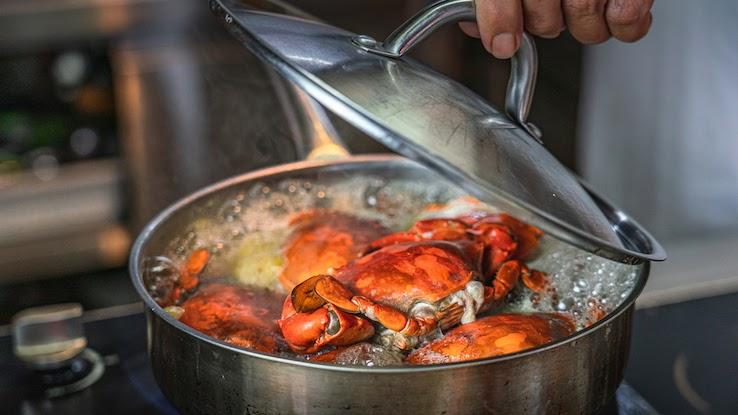
Cooking a lobster actually starts with selecting a lobster, and it’s important to pick the right one. People often go for the biggest one available, which makes sense — who doesn’t want the most meat? But the larger the lobster is, the more likely it is to produce tougher, stringier meat because it’s older. Instead of going for a 2+ pound lobster at the grocery market, stick to those that are 1 to 1.5 pounds. The meat will be softer and the shell thinner, which makes for easier (and tastier) cooking.
Boiling is the traditional method for cooking lobster, and it’s actually relatively simple — it’s mostly all about timing. It doesn’t matter so much what pot size you choose; just remember that every 4 or 5 quarts will be enough for two lobsters. So, a 16-quart pot can safely cook four of the shellfish without letting things get too crowded. You’ll add a few tablespoons of salt to the water — both for flavor and for helping it heat faster — and bring it to a boil.
For every pound the lobster weighs, boil it for about 6 minutes, starting your timer when the water returns to a boil after you’ve added the lobsters to it. You’ll know they’re done when you give an antenna a gentle tug and it pops right off. For more tender meat, you can also steam your lobster for 8 minutes per initial pound and 3 minutes for each extra pound thereafter.
Go Grillin’: Tips for Barbecuing a Lobster
Grilling and baking are also popular techniques for cooking lobster, and they infuse the meat with the smoky, charred flavors of summertime. You’ll need to dispatch the lobster humanely — no tossing it into a pot with this technique. To do so, put your live lobster in the freezer for about 15 minutes and remove it. Find the cross-shaped markings on the lobster’s head, and line up the tip of a large, sharp knife where they meet. In one swift motion, plunge the knife down through the lobster’s head and down the center of its body. You’ll end up with two sections of lobster cut lengthwise.
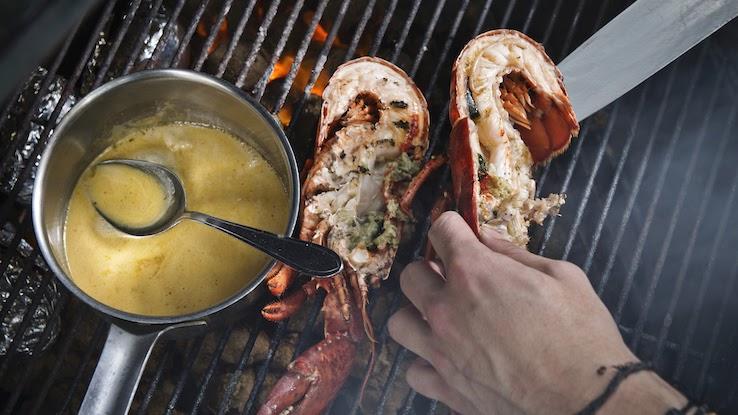
Lobster should be grilled at 350 degrees Fahrenheit for about 6 to 8 minutes, or until the meat becomes opaque in the tail. Grill lobster shell-side down, and give the claw shells a quick crack so the heat can enter. Brush the meat with butter or a marinade before grilling.
Get Crackin’: Breaking Down a Lobster
The next step in prepping your lobster is getting it out of the shell. If you’ve grilled it, you can simply serve the tail in the shell, but if you need to get the meat out, there’s a process to follow.
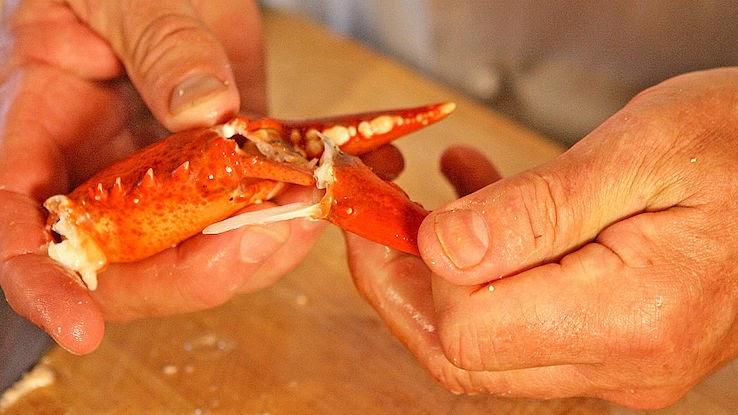
When the lobster is cool enough to handle, start by holding its body in your non-dominant hand. Pull each claw down and towards the lobster’s tail to break it off. You may need to twist it a bit. Set the body aside. Pull the smaller “crusher” claw — it looks like the “thumb” section — back and out from the main claw section. Using kitchen shears or a metal cracker, break the claw shells open and remove the meat from inside. Then, take the body in one hand and grasp the tail in the other. Twist the tail and pull it out from the body. With kitchen shears, cut through the softer shell on the underside of the tail to the end and pull the meat out with a fork.
Set the shells aside as you’re working. If you’re planning to make lobster bisque or another soup, boiling them to create stock imparts a lot of rich flavor.
Make It Tonight: New England Lobster Rolls
Perhaps the most classic (and famous and delicious) way to serve lobster? In a New England lobster roll. It’s prepared one of two ways: You may often hear it called a “Maine” lobster roll or a “Connecticut” lobster roll. One is served cold, and the other is served hot, and both involve lobster meat piled high in soft, sweet, split-top hot dog buns. Preparation of the lobsters for both sandwiches is the same; you’ll steam or boil it and let it cool completely after removing the meat from the shells.
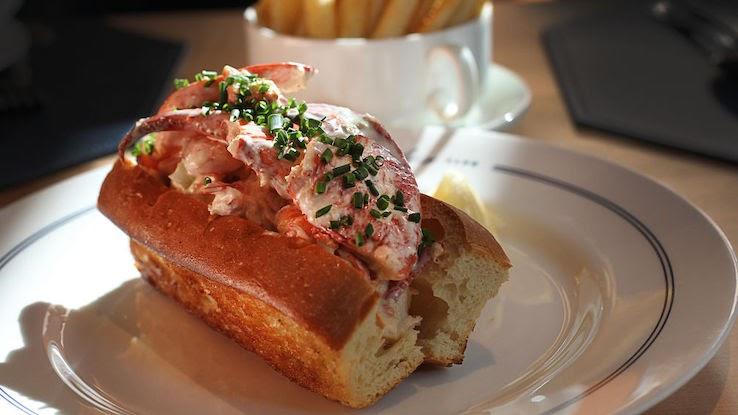
The Maine lobster roll is served cold and dressed lightly with mayonnaise, sea salt and lemon juice. You’ll break the meat into larger bite-sized pieces, save for the claws; leave these whole to add some pizzazz to your presentation. Add just enough mayo to bind the lobster chunks together a little bit, and, if you prefer some crunch, toss in some chopped celery. You can have some fun experimenting with other add-ins like capers, but the traditional roll keeps the flavor focused on the lobster itself, not garnishes.
The Connecticut lobster roll is served warm with the meat tossed in melted butter — and a little salt, paprika and lemon juice if you desire. You’ll extract and chop the meat in the same way, but it’s a good idea to undercook the lobsters by a minute or two so that they don’t become tough when you reheat them in the warm butter. You can also brush the split-top buns with butter, but be sure to toast them first. When making either type of sandwich, place the whole claws on the top of the other meat for a gourmet look.





